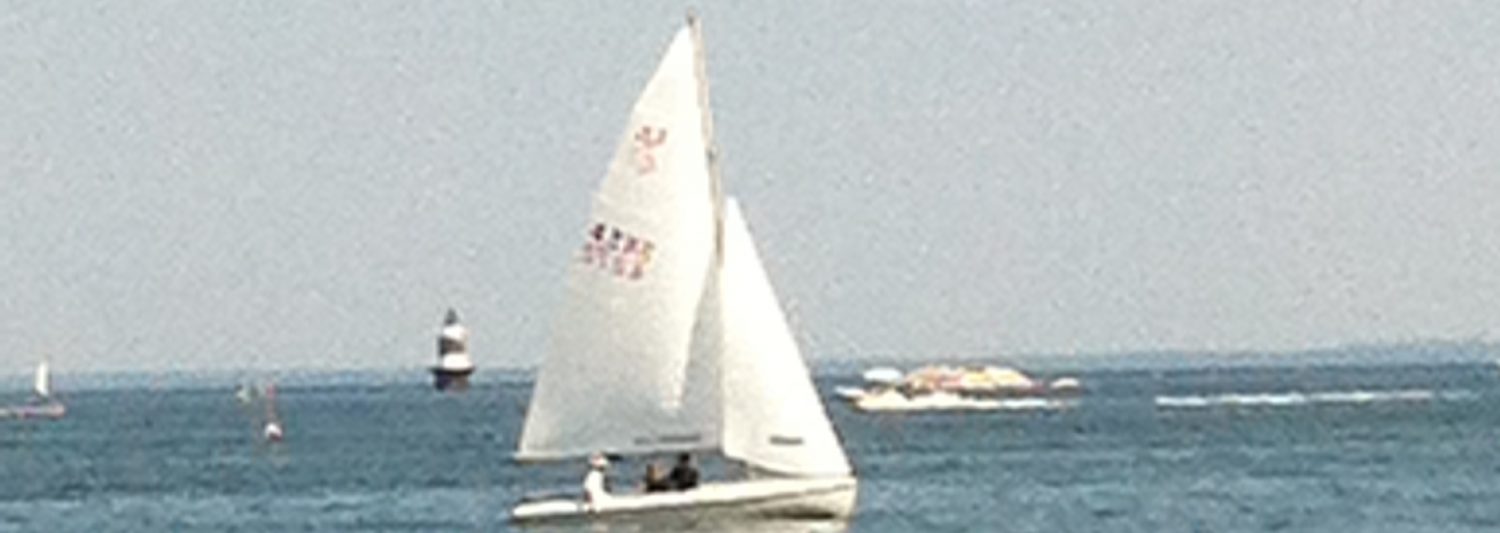As a genealogist, choosing a favorite photo is like choosing your favorite child. You love all of them! Okay, maybe some more than others, and maybe a favorite can change over time. Anyway, I decided on this 1942 photo of my paternal grandfather:

The reason I chose this is because boy, was he handsome back then! I can see why my grandmother fell for him. George Edmund Pleau was about 19-20 years old in this picture (depending on what date it was taken). When I think of my grandfather, I normally picture this:

WESX is an AM radio station that began in 1939 with studios at 124 Washington Street in Salem, MA and 341 Union Street in Lynn, MA. I suspect the photo might have been at the Lynn location, since it was just a few blocks from where my grandparents were living at the time. My grandfather had a beautiful bass voice, so he probably sang at the radio station. What would his musical father and uncles have thought of this? His uncle Eugene (who I don’t think he ever knew) also performed on radio, at least in 1947 on WIOD in Fort Pierce, FL.



